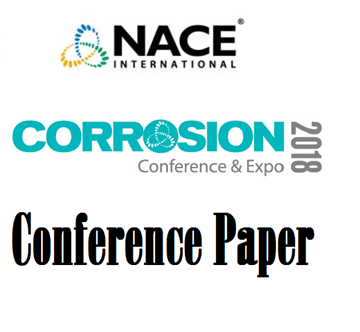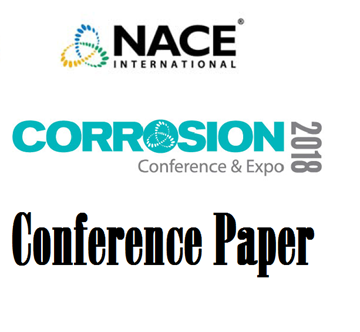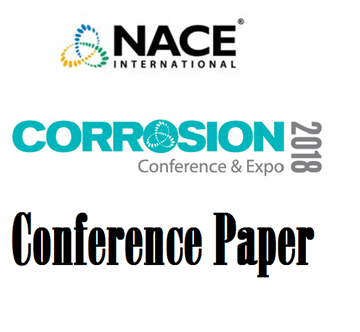Search
51318-10993-Optimizing Biocide Selection for Stimulation Applications
Also Purchased
51318-10982-Analyzing Pig Returns from a Subsea Pipeline for MIC: Sampling and Testing Challenges
Product Number:
51318-10982-SG
Publication Date:
2018
$20.00
51318-10989-Steel Corrosion Rates in a Marine Environment under Failing Coatings
Product Number:
51318-10989-SG
Publication Date:
2018
$20.00
51318-10990-Localized Corrosion of Mild Steel under Iron Sulfide Layers in CO2/H2S Environment
Product Number:
51318-10990-SG
Publication Date:
2018
$20.00




